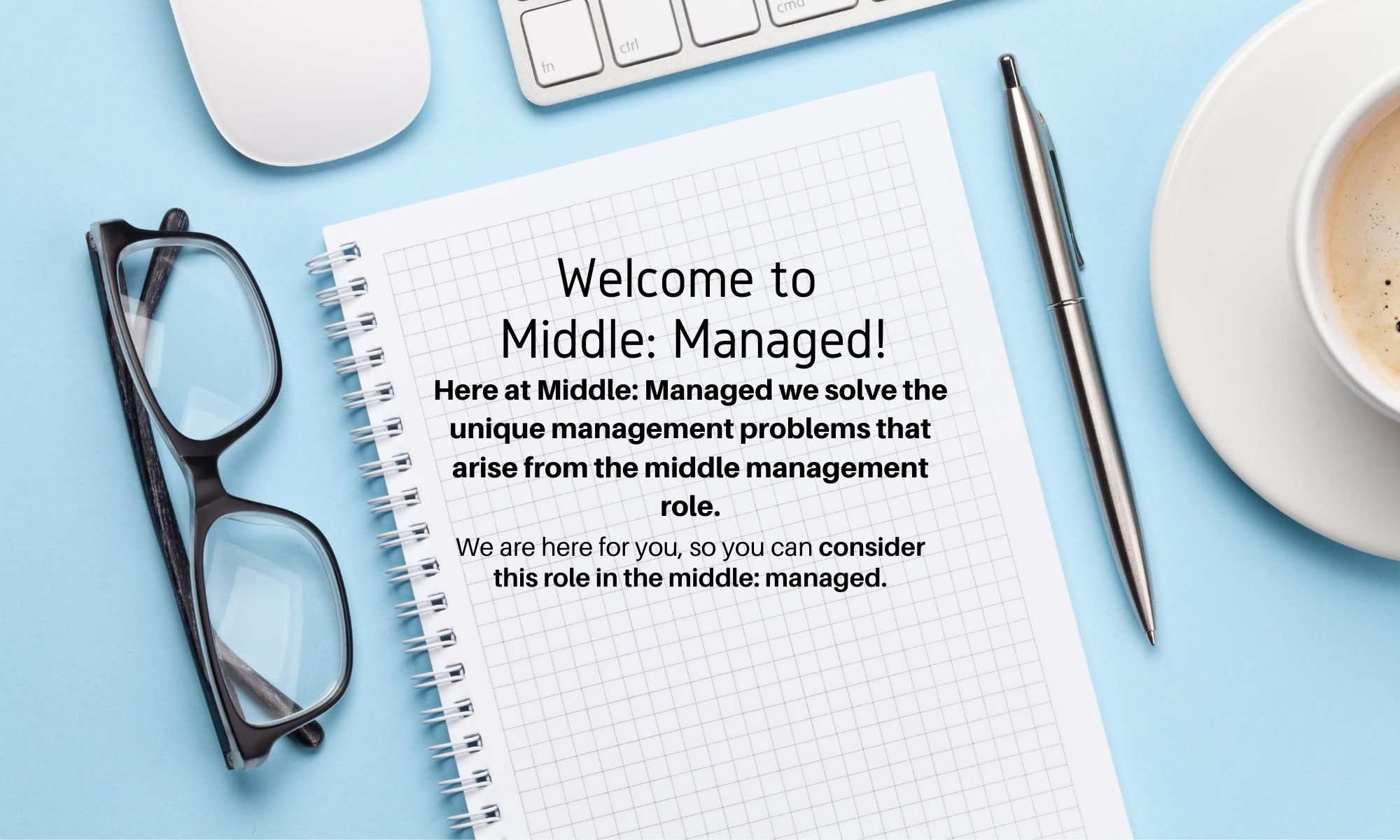When entering a new workplace there are certain aspects of the company culture that the new hire is expected to adopt. Dress, language choice, body language, and most importantly how to respond to the power dynamics that already exist.
Power dynamics are complex interpersonal relationships that exist at every organization. Every social interaction is a power equation, who has it and who doesn’t will determine the outcome.
A middle manager’s power is a multifaceted dance between leading a group and complying with senior management. There are many leadership books on the market, but the truth is that a middle manager can really only use those traditional techniques half of the time. Power stance? Nope, not in front of the boss.
This has been referred to as vertical code switching, the act of alternating between behavioral patterns that are directed toward higher-power and lower-power interaction partners. A middle manager’s body language, vocabulary choice and tone will change depending on whom they are interacting with.
In a recent study looking at the psychology behind the middle manager’s role switching, the authors proposed that it is the subjective sense of power rather than their exact position on the hierarchy that determines the role switching.
This subjective power is the belief that they have the ability to control the outcomes, experiences, or behaviors of others. For instance, even though someone has positional authority, if the middle manager knows that they get whatever they request from this manager, the interaction may be respectful but there may not be a modification of behaviors. This suggests that one’s structural position in the organizational chart is only relevant if affects one’s subjective sense of power.
So, what is a middle manager to do with this knowledge?
First, be self-aware of the vertical code switching that exists and with which individuals this takes place. It may shock you how seamlessly you can transition. However, due to the back and forth behavior modifications, this code switching can be exhausting.
Try scheduling meetings or arranging your calendar so that you can stay in a certain mindset for longer. For instance, don’t schedule a performance review with a direct report between meetings with your senior management. Try to group like items: what you will be leading vs. what others will be leading.
I have also known middle managers that try to placate certain direct reports because of the perceived fall out from the team if they are ‘too hard on that individual’. You are also switching your power dynamics with this individual when you speak with them. Be more mindful as to the best time to deal with this individual because it is hard to go from having a private discussion with them to finding the energy to lead a team meeting.
Second, there may be individuals at your workplace that you can influence more easily than others. This is valuable to keep in mind if a project needs sign off quickly. It’s great to find a manager that wants to be consulted with your research and ultimate decision for sign-off.
This can backfire if used too frequently or if it seems that you are pitting two managers against each other as one has not been consulted. Subjective power is also applicable when you get buy-in for a change from a direct report that is an influencer amongst their fellow coworkers. Perhaps you only need to convince one if they will convince many for you.
Overall, take care of yourself. Burnout can occur from being exhausted from the constant vertical role switching. It’s hard to get motivated to do your best work when your progress has stagnated due to these frequent demands.

